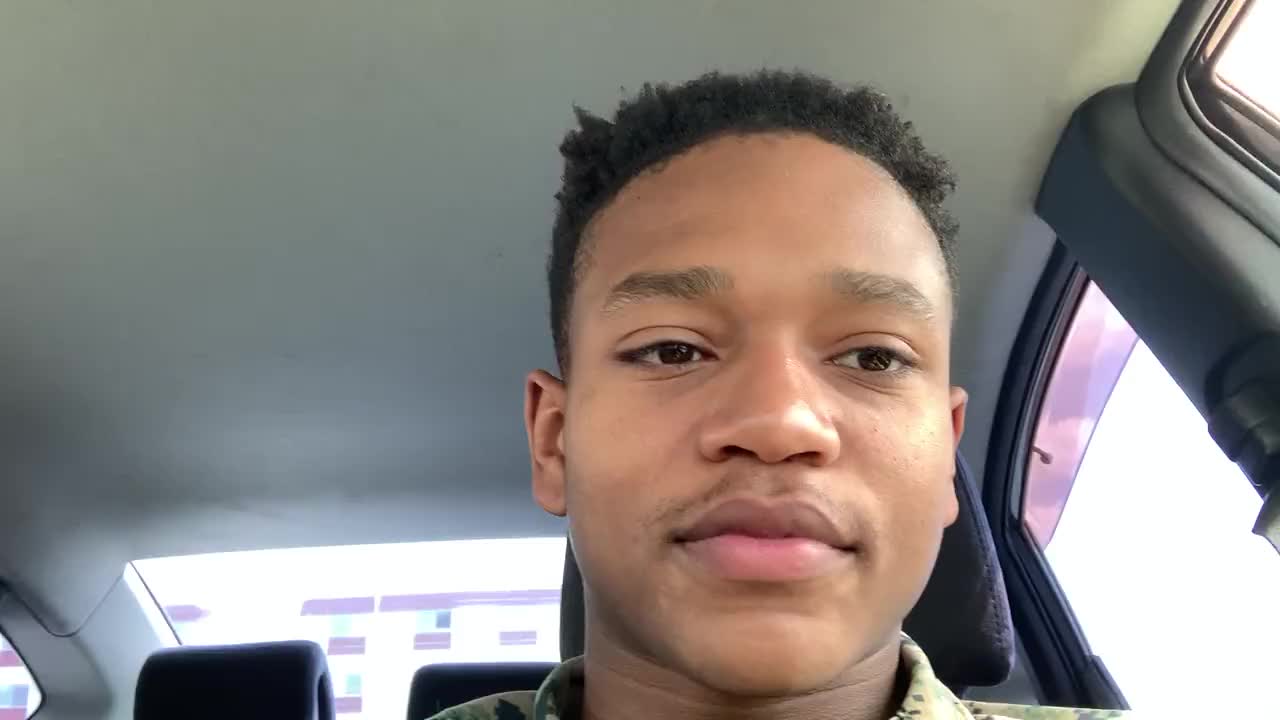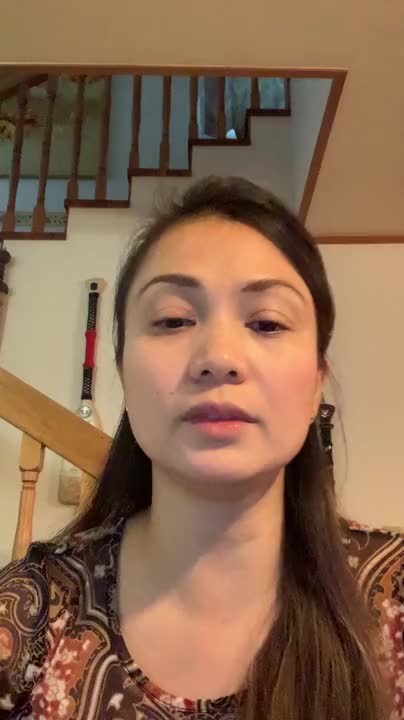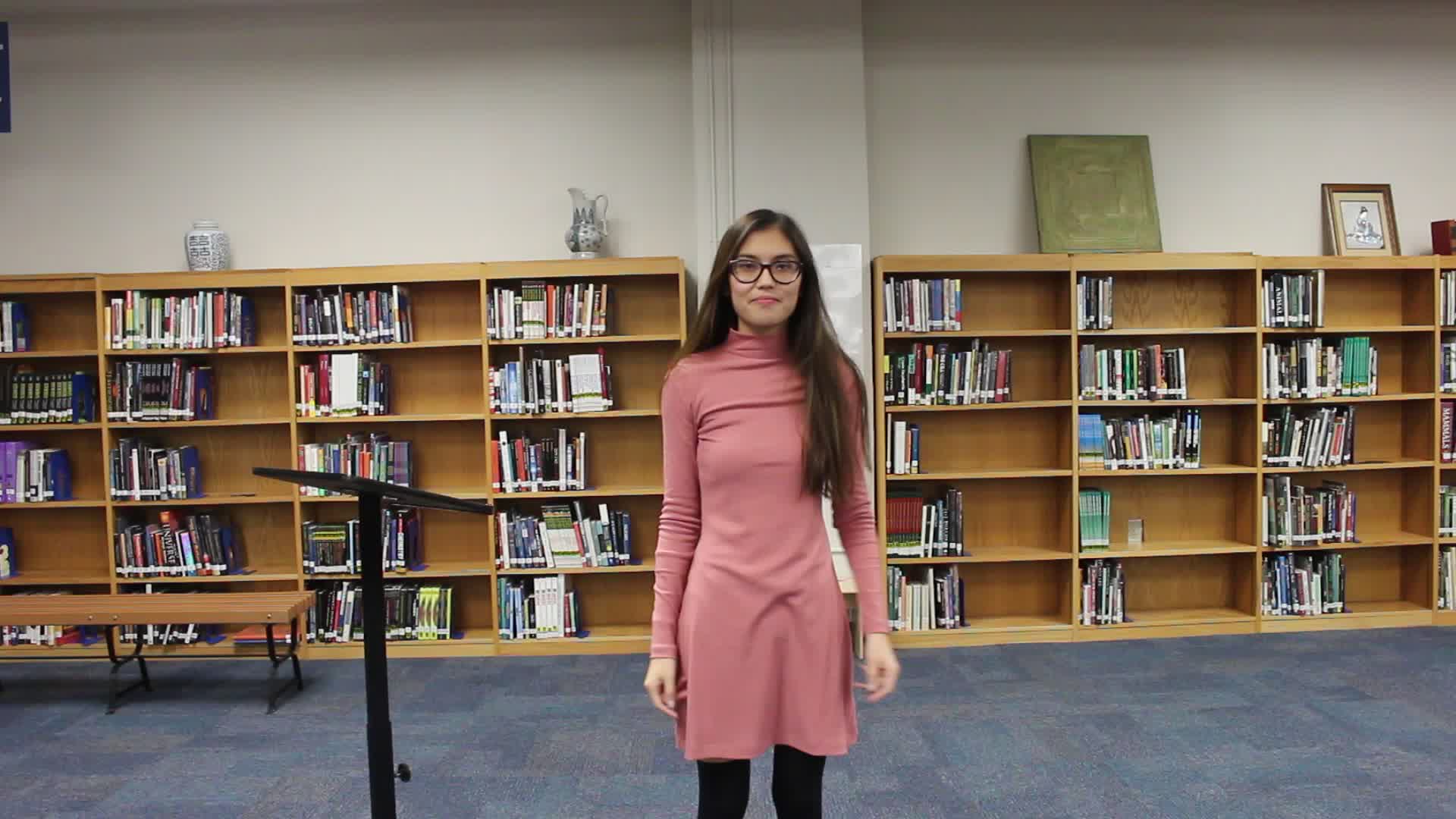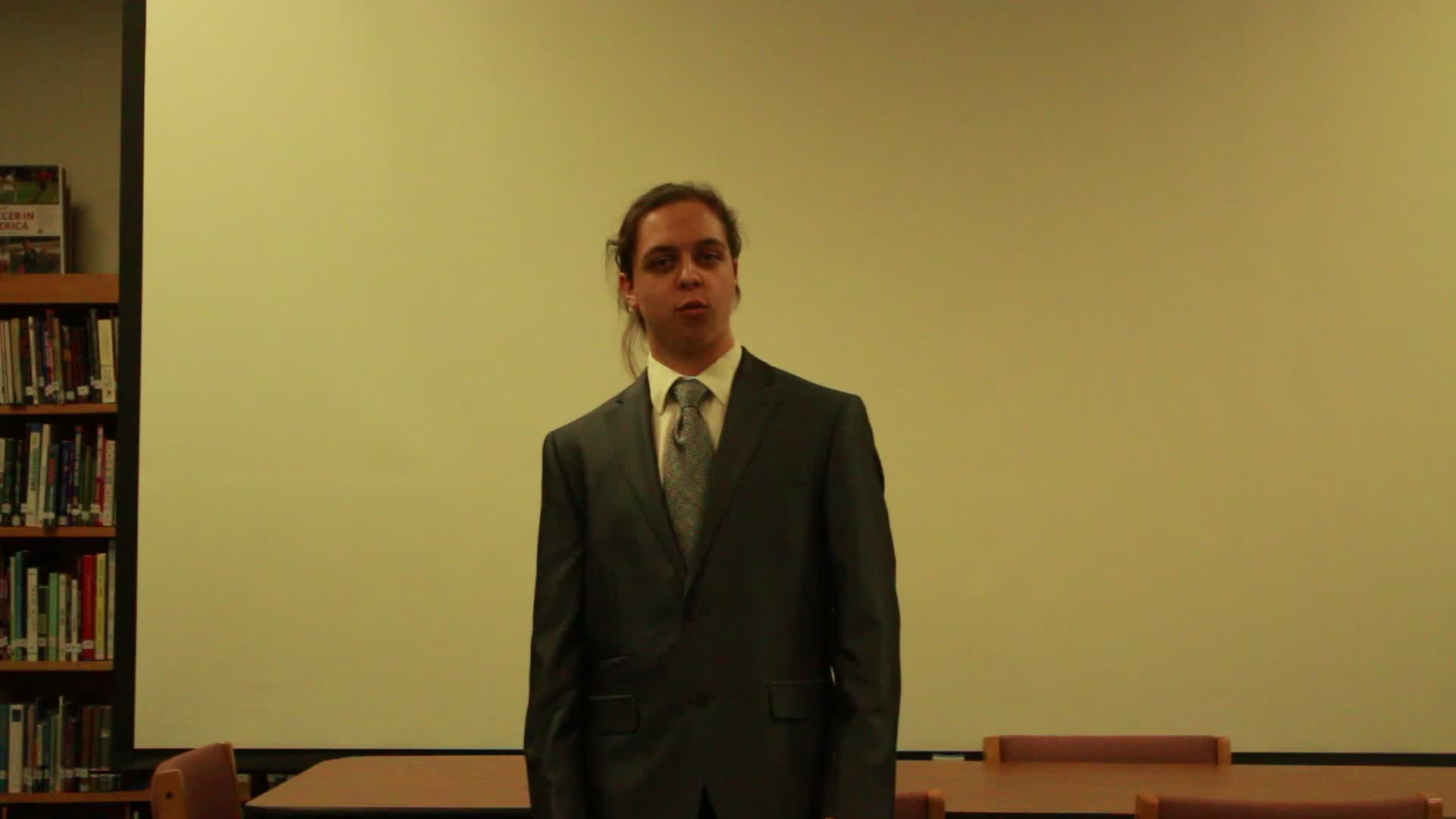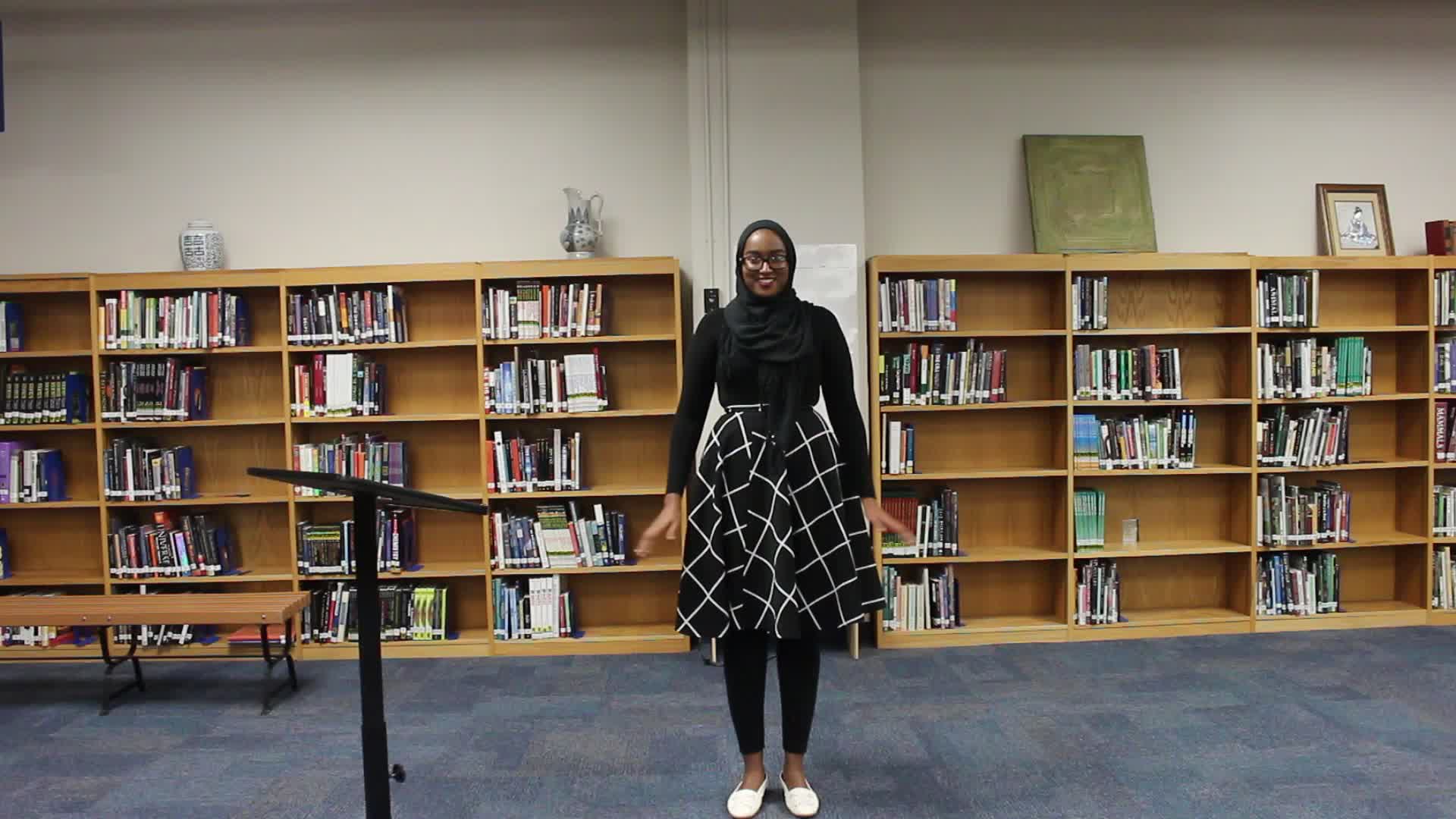Elementary > Language Arts > Speech Videos
Developing speech is an important part of a person’s life. The ability for people to speak correctly makes it easier for them to comprehend a reading assignment and draft a writing workshop. Even math and science projects benefit from good speaking techniques, especially during presentations.
Learning to speak is an organic process that most children are able to absorb through listening and observing. Children mimic the ways in which their parents and teachers speak. However, simply using words learned through an unaided process will probably not lead students to become great speakers. An effective speaker is someone who can put messages across fluently using the most appropriate terms. There are numerous ways to help improve proper speech patterns and language. Concentrating on this helps create a solid foundation for every childhood speaking skill.
Reading Non-fiction Books
Building on the fact that students learn by mimicking an adults’ way of speaking, children can also improve their speaking abilities by following the way essays are written. Books are powerful tools that influence people in their formative years to take on a language style. Books allow children to discover new words and terminologies that are fit for a particular description. Non-fiction writing is often personal and can become identifiable to the point of becoming a reference for children when they start to speak.
Interaction with Peers
There is a reason why a group of friends often sound the same. It is because they carry an effect on each other. Whatever one dominant friend learns from his or her influence becomes carried over to the rest of the members of that group. Being a fluent person can make everyone in the team flourish.
Listening to Podcast or Watching a Video
Decades ago, it was the radio. Now, it’s a video or a podcast. Times have changed, but the ability to follow a good speech remains. An effective speech on video can give children a sample to follow when they start practicing their oral communication.
